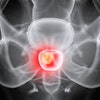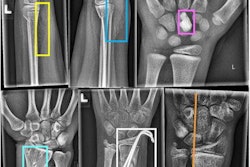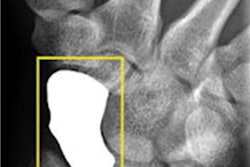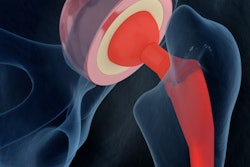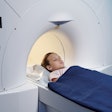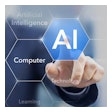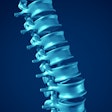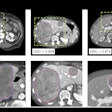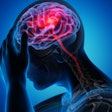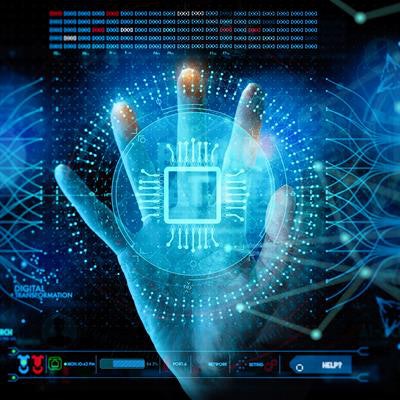
Artificial intelligence (AI) software can help radiologists deliver better performance in identifying bone fractures on x-rays in trauma patients, according to research published online June 29 in Diagnostic and Interventional Imaging.
Researchers from France retrospectively assessed the performance of three radiologists -- without and then with the help of a commercial AI algorithm -- for detecting bone fractures on x-rays in trauma patients. After gaining access to AI assistance, the radiologists in the study saw a statistically significant increase in sensitivity for fracture detection, positive predictive value, and negative predictive value.
What’s more, each of the radiologists had a significant reduction in reading time.
"AI-assisted radiologists work better and faster compared with unassisted radiologists," wrote the authors, led by Dr. Lisa Canoni-Meynet of CHU de Besancon in Besancon, France. "AI is of great aid to radiologists in daily trauma emergencies, and could reduce the cost of missed fractures."
Fracture is the most common condition in the emergency department that leads to a delayed or incorrect diagnosis, and extremity fractures are the second-most frequently missed diagnosis leading to a legal claim, according to the researchers. To see if AI could help avoid undetected fractures, the authors first retrospectively gathered skeletal radiographs from 500 consecutive patients with trauma emergencies. The patients included 232 women and 268 men with a mean age of 37 (range: 0.25 to 99 years old).
Three radiologists -- a senior radiologist with 15 years of musculoskeletal imaging experience, a fellow with two years of musculoskeletal imaging experience, and a third-year resident -- interpreted the radiographs first on their own, and then, one month later, with the help of a commercially available AI algorithm (BoneView, Gleamer). For the purposes of the study, ground truth was determined via consensus reading by the radiologists and AI results.
| Impact of AI on radiologist performance for fracture detection | ||
| Radiologists without AI | Radiologists with AI | |
| Mean patient-wise sensitivity | 66% | 86% |
| Mean number of patient-wise false-negatives | 64 | 26 |
| Mean patient-wise positive-predictive value | 91% | 94% |
| Mean patient-wise negative-predictive value | 82% | 92% |
In other results, specificity on a per-patient basis was 96%, both with and without AI. Also, the AI algorithm produced an area under the curve (AUC) of 0.878 on its own. The senior radiologist had an AUC of 0.938 with AI (and 0.832 without), while the fellow had an AUC of 0.907 (0.805 without AI), and the resident had an AUC of 0.891 with AI assistance (and 0.792 without).
Furthermore, misdiagnosed fractures improved in every patient age group except those ages 20 to 30. The radiologists were all faster when using AI, producing a mean decrease in reading time of 10, 16, and 12 seconds, respectively. The difference was statistically significant (p < 0.001).
"Our study confirms that AI significantly increases radiologists' overall performance and productivity in fracture diagnosis in a representative sample of daily activity in a trauma emergency department," the authors wrote.
They noted, though, that AI isn’t capable yet of describing the full spectrum of abnormalities described by radiologists.
"However, their description is essential, and this study has shown that they involve 46% of patients," they wrote.


